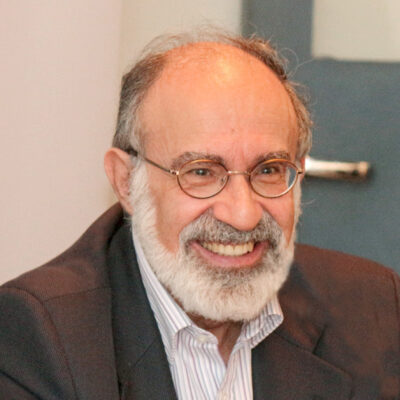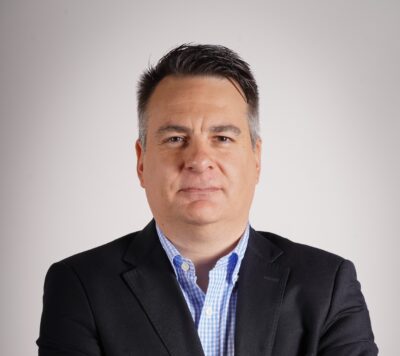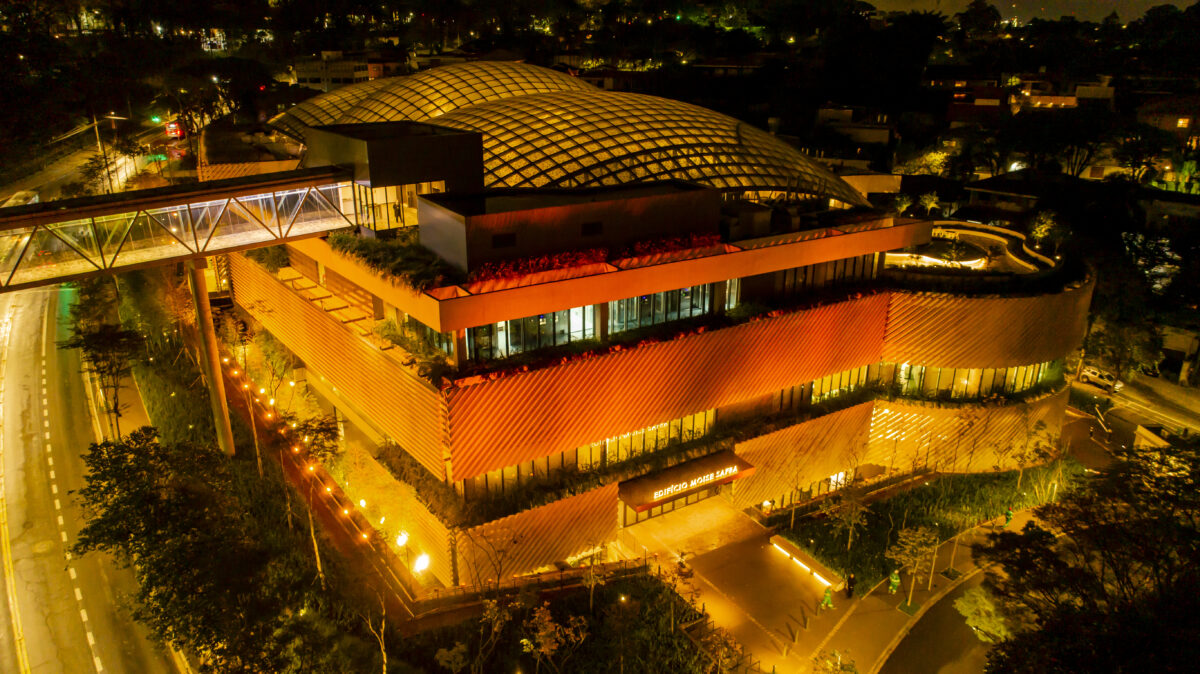 #Columns
#Columns
Between notes and feelings: Music, health, and spirituality
Throughout history, music has been used to access immaterial dimensions of the human being, acting on health and spirituality for physical and psychological well-being
 Between music and sounds of nature, soundscapes help to compose healthcare | Marlon Reyes - Unsplash
Between music and sounds of nature, soundscapes help to compose healthcare | Marlon Reyes - Unsplash
The deepest experiences of existence may not be mediated by words, but by images, sounds, and silence.
For ancient peoples such as the Greeks, Hindus, and Egyptians, science and spirituality went hand in hand, and subjects such as music, philosophy, religion, and the arts were consequently seen as closely linked expressions of a transcendental reality.
Today, we live in a world marked by new values and challenges.
It is therefore essential to reflect on ways of caring that value life in its broadest sense, ethics in everyday relationships, and awareness of the inner dimension of being, in a world permeated by conflicts and violence that jeopardize our health and well-being.
This, however, requires a deeper look at human multidimensionality.
A few years ago, I treated a patient diagnosed with fibromyalgia as part of a study on pain I did at the Hospital das Clínicas of the University of São Paulo.
When he came to take part in a second musical therapy session, he walked into the clinic with a book by Sartre under his arm and said: “Today I’m going to visit my soul, when I get back I’ll tell you how it was.”
I admit I was left a little astonished, while I was there trying to evaluate his physiological parameters using a surface electromyograph.
That was the moment I understood that music can do much more than just alleviate pain—it can touch something unspeakable and existential.
At the interface between health and spirituality, music as a light healthcare technology has proven capable of accessing immaterial dimensions of being: memory, feelings, symbolism, the meaning of life. As Brazilian writer Guimarães Rosa reminds us: “reality is not at the departure or at the arrival: it is available to us in the middle of the journey.”
The spiritual perspective includes existential factors, which themselves have implications for physical and psychological well-being.
Spirituality is a complex and multifaceted part of the human experience and is not dependent on religious affiliation, although religious faith plays an important role in health.
Studies have sought to understand how religiousness, faith, and spirituality can interfere with the positive clinical progress of patients and even disease prevention.
It is worth remembering that spirituality has cognitive, emotional, and behavioral aspects:
- cognitive and philosophical aspects include the search for meaning, purpose, and a reason for existence, and the beliefs and values by which individuals live
- emotional aspects of the experience relate to feelings of hope, love, connection, inner peace, comfort, and support
- behavioral aspects of spirituality involve the way a person externally manifests their individual spiritual belief and internal state
But how do we select a musical repertoire when we want to include it in healthcare?
The impact of sound
Musical structure can provide objective support for an appropriate selection. Some compositions stimulate the body and encourage physical expression, while others act on an emotional level, evoking emotions and memories.
Mentally, there are songs that make us reflect, mainly on the lyrics, and establish an initial path to spirituality, since in addition to leading us to mental and symbolic images, they also direct our thoughts toward issues related to our existence, the way we live, and the meaning of our lives.
Verses like those in the song “Tocando em Frente” by Renato Teixeira and Almir Sater establish the possibility of dialogue, albeit internal, on the subject: “Penso que cumprir a vida seja simplesmente compreender a marcha, ir tocando em frente” (“Living life is simply understanding the path, moving forward”).
And there are others that seem to operate on more reflective levels, stimulating introspection and existential reinterpretation, such as the classical music of Johann Sebastian Bach (1685–1750).
When we propose musical material for healthcare, we have to keep in mind that its impact can vary depending on the sound structure, the melody, the lyrics, the rhythm, the harmony, and above all, the totality of the meanings ascribed by the listeners or those proposed and inspired by the music or soundscape.
In a broader sense of listening, the sounds of nature also deserve attention.
A babbling brook, birds singing, leaves rustling in the wind—these sounds are not only part of pleasant soundscapes, they also awaken in us an ancestral memory of belonging to the natural world.
Evidence shows that natural sounds can reduce stress, induce states of relaxation, and enhance the feeling of presence and connection with life.
Just like music, the sounds of nature can also be aesthetically appreciated. They contain rhythms, pauses, layers.
Complementary care
The aesthetic of sound that is not constructed by human beings can lead us to a kind of transcendence.
It is a form of immanent spirituality and experience with the sublime of life.
Music and the sounds of the natural world, when used well, can open new possibilities in complementary healthcare.
They enable the creation of a space for encounters between those who provide care and those who are being cared for, between the individual and their history, between the now, what still makes sense, and the future. And they do this without being invasive, without demanding speech, just by listening.
Music functions where words sometimes fail. It can comfort, provoke, awaken. It can pave the way for what Hegel (1770–1831) called the “experience of the spirit,” which allows human beings to recognize themselves as part of something bigger, even if they do not know how to name what that is.
In an increasingly technical and fragmented world, maybe we can relearn how to listen. Listen to what is behind the symptoms. Listen to what is not in the manuals. Listen to what vibrates in the silence of the other.
Music offers a way to do this: it crosses the invisible and reminds us that providing care also means finding ways to restore the connection with existence itself.

Lis Leão is a senior researcher at Hospital Israelita Albert Einstein and head of the e-Nature Research Group for interdisciplinary studies on connections between nature, health, and well-being (CNPq).
Opinion articles do not necessarily reflect the views of Science Arena or Hospital Israelita Albert Einstein.
*
This article may be republished online under the CC-BY-NC-ND Creative Commons license.
The text must not be edited and the author(s) and source (Science Arena) must be credited.




